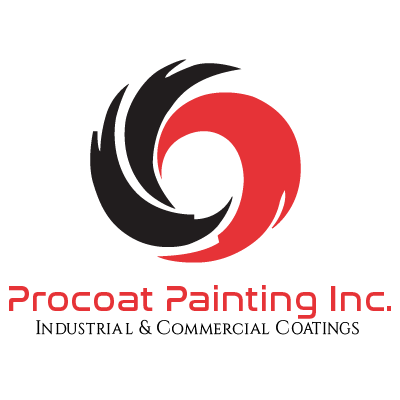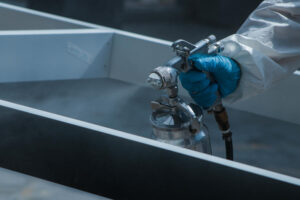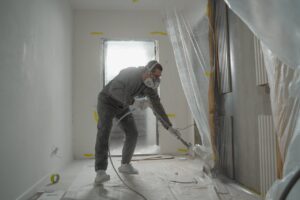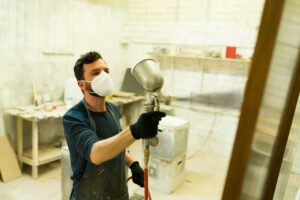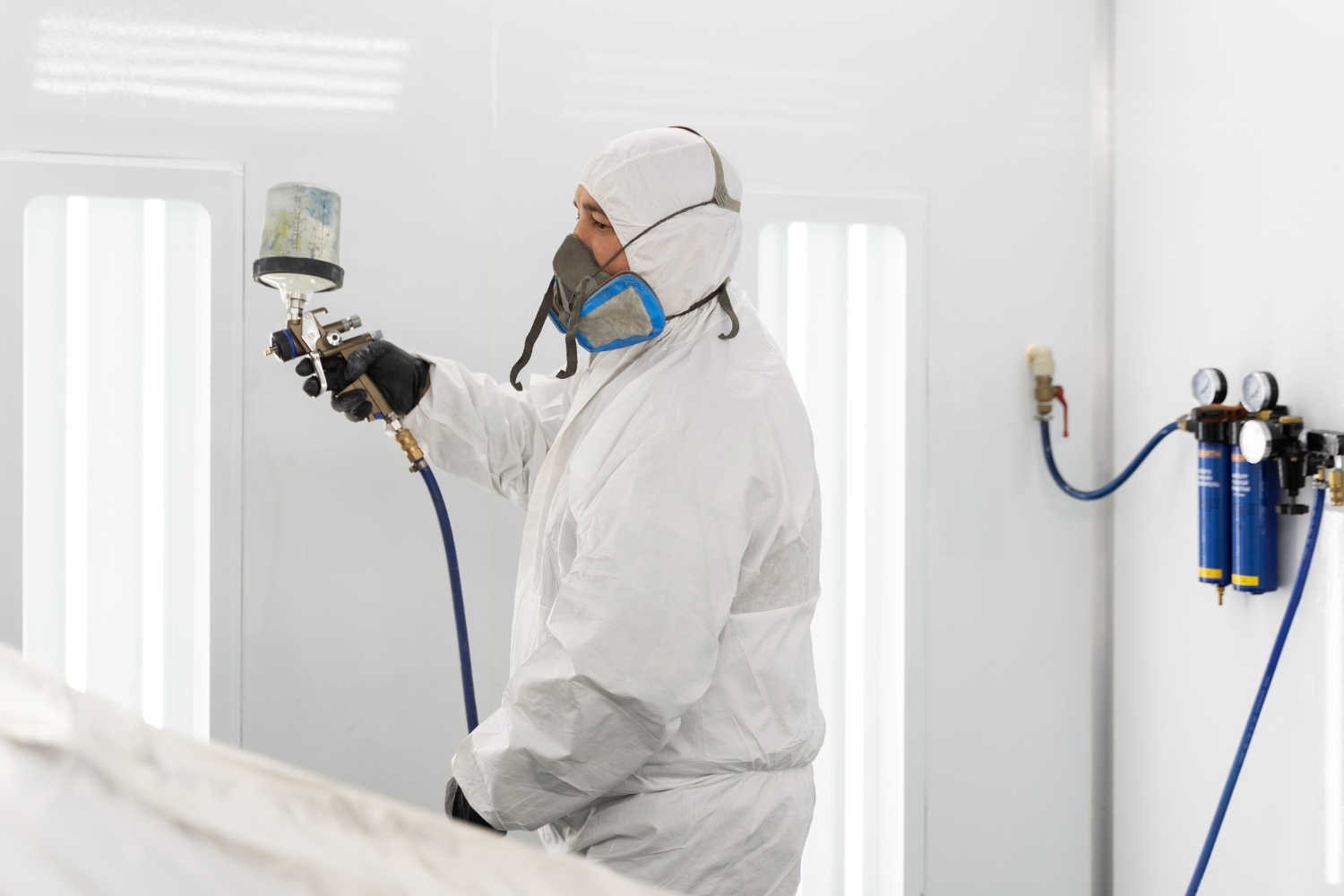
Getting ready for a professional paint job in your facility requires careful planning and preparation. A smooth painting process not only improves the quality of the final result but also ensures the safety and efficiency of the operation. We understand that proper preparation is key to achieving a durable and attractive finish.
Understanding these steps will help ensure a successful painting project, resulting in a refreshed and professional-looking facility.
Assessing Your Facility’s Painting Needs
Before beginning any painting project, it’s essential to assess your facility’s specific needs. Start by inspecting both the interior and exterior surfaces. Look for signs of wear and tear, such as cracks, peeling paint, rust, or mold. These issues need to be addressed before painting can begin, as they can affect the final result. Identifying problem areas early allows for a more targeted approach, ensuring all necessary repairs are made beforehand.
Consider the function of different areas within your facility. High-traffic areas may require more durable, high-quality paints to withstand daily wear. Rooms exposed to moisture, such as restrooms or kitchens, might benefit from mold-resistant paints. Additionally, color choices can impact the functionality and aesthetics of the space, with certain colors enhancing light reflection or creating specific moods. By understanding these needs, you can make informed decisions about the types of paint and preparation required.
Preparing Surfaces for Painting
Proper surface preparation is a critical step in achieving a long-lasting and professional paint job. Begin by thoroughly cleaning all surfaces to remove dirt, grease, and any loose paint. This can be done using a power washer for exterior surfaces or a mild detergent for interiors. Clean surfaces ensure that new paint adheres better and lasts longer.
Once the surfaces are clean, it’s important to repair any damage. Fill in cracks, holes, and dents with appropriate fillers and let them dry completely. Sanding the surfaces smooths out rough spots and creates a better bonding surface for the primer and paint. Applying a high-quality primer is essential, especially on surfaces that have never been painted or have undergone significant repairs. The primer helps the paint adhere properly and provides a uniform base for the final color.
By taking the time to prepare surfaces correctly, you lay the groundwork for a durable and aesthetically pleasing paint job. This thorough preparation process ensures that the paint will look better and last longer, providing better value and satisfaction.
Safety Measures During the Paint Job
Ensuring safety during the paint job is crucial to protect both workers and your facility. Start by providing all workers with the appropriate personal protective equipment (PPE), such as gloves, masks, and eye protection. These items help safeguard against exposure to harmful chemicals and paint fumes. Proper ventilation is also important, especially in enclosed spaces, to minimize the risk of inhalation problems.
It’s essential to keep the work area organized and free from hazards. This means storing tools and materials safely, keeping walkways clear, and using signs to indicate wet paint areas. Proper lighting is also necessary to ensure clear visibility, which helps prevent accidents. Additionally, set up barriers or caution tape to restrict access to the painting area, ensuring that only authorized personnel are present.
Regular safety briefings and training sessions can help maintain a safe environment. Make sure that all workers are aware of emergency procedures and know how to handle unexpected incidents, such as chemical spills or accidental injuries. By prioritizing safety measures, we can ensure that the painting project is completed without incident and to a high standard.
Post-Paint Job Maintenance and Evaluation
Once the painting job is complete, proper maintenance and evaluation are key to preserving the quality of the work. Begin by conducting a thorough inspection of the painted areas. Look for any missed spots, drips, or uneven sections that need touch-ups. Addressing these issues promptly ensures a seamless and professional finish.
Regular maintenance is crucial to keep the paint looking fresh and extending its lifespan. Establish a routine for cleaning and inspecting the painted surfaces. Dusting and wiping down walls can prevent dirt buildup, while periodic inspections can help identify any signs of wear or damage early. This proactive approach allows for timely touch-ups and repairs, maintaining the integrity of the paint job.
Evaluate the overall effectiveness of the painting project by gathering feedback from the facility’s occupants. This feedback can provide valuable insights into the new paint’s success in terms of aesthetics and functionality. Understanding the impact of the paint job helps make informed decisions for future projects.
Conclusion
Preparing your facility for a professional paint job involves careful planning, surface preparation, and a strong emphasis on safety. By thoroughly assessing your facility’s needs and taking the necessary steps to prepare surfaces and implement safety measures, you can achieve a high-quality, long-lasting paint job. Post-paint job maintenance and regular evaluations ensure that the newly painted areas remain in excellent condition, protecting your investment and enhancing the appearance of your facility.
At Procoat Painting Inc., we pride ourselves on delivering top-tier industrial painting services tailored to your specific needs. If you’re ready to transform your facility with a professional paint job, contact us today to get started and see the difference expertise and dedication can make.
